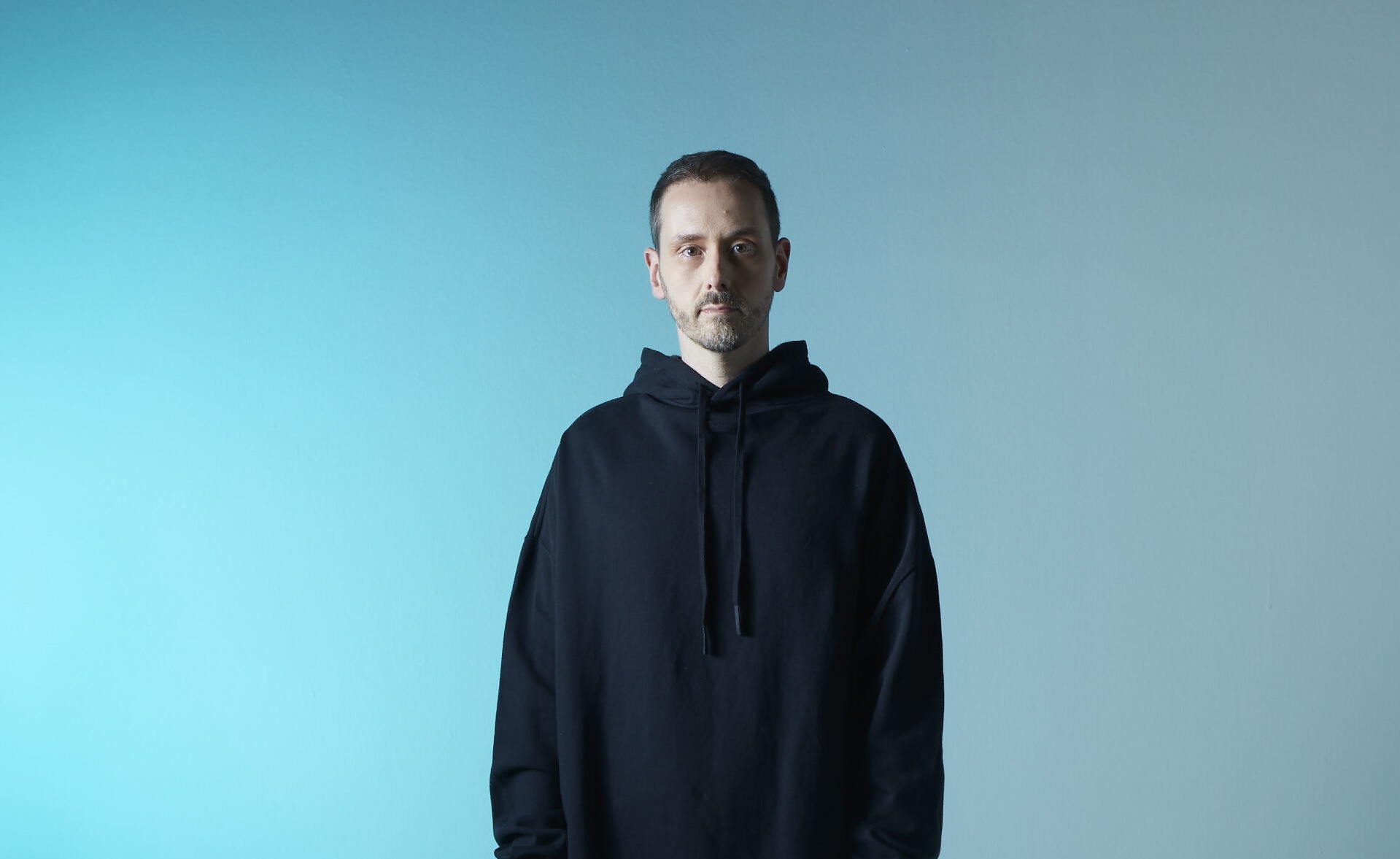Generative Artificial Intelligence: Delight Your Customers with This Innovation
Discover how Generative Artificial Intelligence is transforming businesses, providing personalization, innovation, and unique interactions.
Read MoreOne year after the IPO, Zenvia expanded its role in the relationship between companies and customers

One year after raising R$ 1 billion on the American stock exchange Nasdaq, the Rio Grande do Sul company Zenvia transformed its business through a series of acquisitions. Initially focused on connecting companies to customers via tools ranging from SMS to WhatsApp, the company has expanded its action on practically everything that concerns the relationship between the two sides of the counter.
But, in conversation with the column, the CEO and founder Cassio Bobsin rejects technological pyrotechnics:
— In the artificial intelligence part, there are a lot of things people spaced out… But something much more elementary, which is to connect all the data related to an end customer in one place, it’s already a giant barrier that, once crossed, drastically changes the relationship.
Bobsin finally rang the Nasdaq bell last week – at the time of the IPO, the pandemic prevented the traditional party in Times Square. Although it has attracted major investors, such as the chinese Tencent, the share price has melted 85% since the IPO, dented by the bad mood of investors with technology companies in recent months.
See excerpts from the conversation below:
Since the IPO one year ago, what has changed for Zenvia?
We evolved our product portfolio and made acquisitions. Now, we have four solutions: Zenvia Attracting, Zenvia Conversion, Zenvia Service and Zenvia Success.
What does each one mean?
The Zenvia Attraction focuses on more active end-customer acquisition campaigns. Zenvia Conversion focuses on getting sales teams to deliver a good experience to existing end-customers through multiple communication channels. Zenvia Services concerns the offer of continued support throughout this relationship. And the Zenvia Success solution aims to make our customer’s customer happy and satisfied in making a good use of the products or services.
How has this portfolio changed since the IPO?
In the IPO, we practically only had the Zenvia Conversion and communication channels. Now, Zenvia dialogues with the marketing and sales areas directly, acting along the end-customer experience journey. More than half of our margin already comes from our Solutions. Three years ago, this percentage was zero.
Does the market already understand this evolution in the company?
We are now starting to explain this new format.
What role did acquisitions play in this change?
The Conversion pillar came from Sirena (purchased in July, 2020). The Service one arrived with Movidesk (acquired for around R$ 600 million in May). The successful solution, we buy from SenseData. The most consultative pillar came through D1 (with which Zenvia merged in March, 2021).
So Zenvia is no longer a communication channel company…
The communication platform will always be part of our business, but our focus starts to be much more on how these experiences happen. The goal is for it to be efficient and convert well. It’s using technology to simplify “multi-channel”, using more end-customer data that is scattered and employing a more predictive model, to know which customers the company is at risk of losing, for example.
Are companies ready?
Today there are barriers between departments. Companies are organized into silos, each with its own data. But the end-customer is one. So you need to break these silos to make the whole process more fluid, in order to have data walking with end-customers in all their interactions with the company.
How will artificial intelligence change the customer relationship business?
In terms of artificial intelligence, there are a lot of things people spaced out… But something much more elementary, which is to connect all the data related to a customer in one place, is already a giant barrier that, once overcome, drastically changes the relationship. This provides what we call “actionable insight”: doing a little bit of analysis and putting that available at the cutting edge. Example: if a person has just bought a product and is calling the company again, it is very likely that his call is related to that product. Therefore, understanding the customer has much more value than putting a person in the metaverse. We offer technology to make this possible, but we know that there are cultural barriers within companies.
How does the troubled macroeconomic scenario hinder your growth plans?
Our business is associated with the macro trends of digitization and increased competitiveness. In good times, companies invest in this for the long term. And when a crisis comes, they need more efficiency. Therefore, there is a market in both situations. But of course we are impacted by variables such as high inflation, which we are used to because we are in Brazil. The problem is much more the climate and mood of the market, which have an impact on our value on the stock exchange and on the companies’ long-term investments.